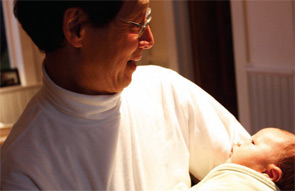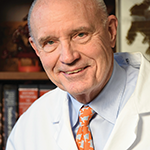Under Dr. Liang’s leadership, the enterprise steadily grew. Dr. Liang was fortunate to recruit Lawren H. Daltroy, DrPH, for an NIH-mandated education expert position at the center. Dr. Daltroy became “my great teacher, scientific soulmate, and center co-architect,” says Dr. Liang. “For us, work was play, and play was work; working with Lawren was magical.” The two developed a synchrony akin to jazz musicians in a jam session, “playing with ideas, pushing each other to new heights,” he explains.
Everyone benefited from their scientific and intellectual largesse and grew personally: trainees were asked to get formal methodologic training at the Harvard School of Public Health and to work with a variety of mentors and researchers at Harvard; nurses, social workers, health educators, psychologists, physical and occupational therapists, health economists, decisions analysts, and biostatisticians worked on common problems; and typists became grants administrators.

